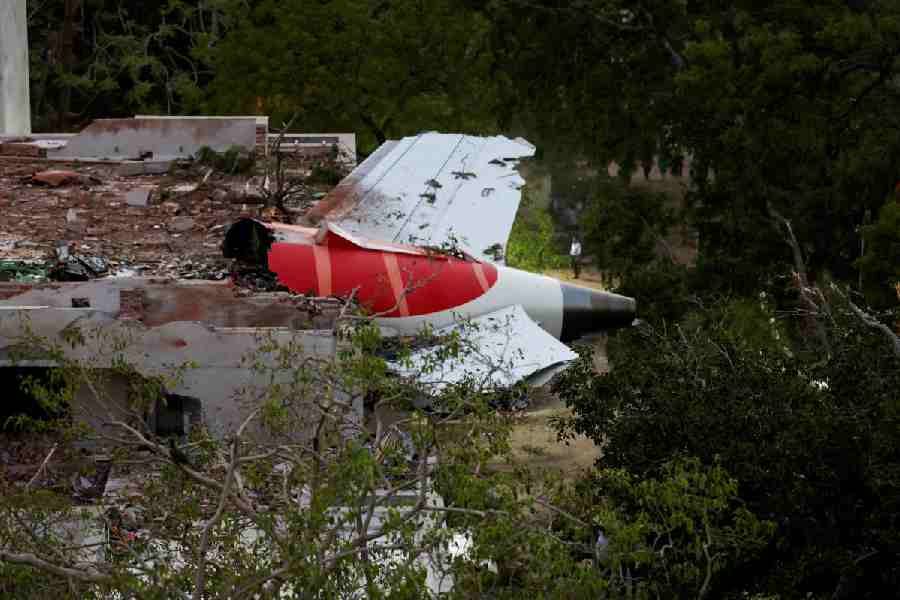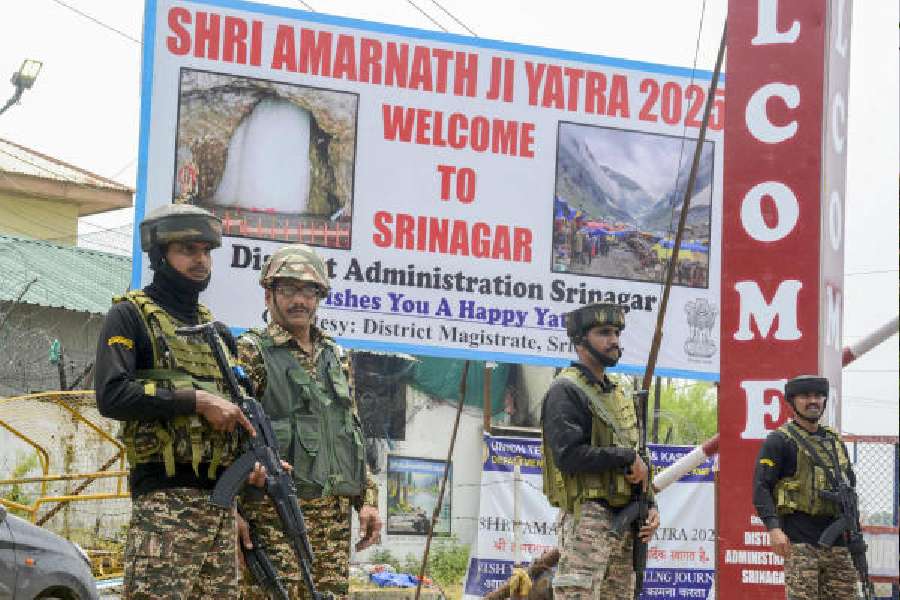 |
| Odilon Redon, The Eye with Poppy |
“Is blindness the only hope for photography?” I messaged my friend — a little too grandiosely perhaps. I wrote the message after coming out of a show that haunted me so much after the first visit that I went back to see it again after a week. It had the same effect on me the second time: it slowed me down, and made the gap between looking and thinking disappear. It was a simple show, in a sprawling old gallery, of photographs made by people who were either born blind, or had become blind or partially sighted in the course of time. Borges had described his own gradual loss of sight as “a slow nightfall.” What I got from the show was a palpable sense of the slowness of this loss. It also gave me what felt like miraculous access to this nightfall, full of a seeing and sensing and knowing that could never be completely translated into a visual language, but out of which could be born a photography beyond photography, freed from the deadening limitations of sight.
My language, I realize, is already tipping over into the objectionable. I am beginning to talk about blindness as a privilege. Perhaps it is only a blind person who has the right to call blindness a gift, as Borges did in his autobiographical lecture on the subject. Yet, as I began to see the show, I found myself thinking less and less about the visual impairment of the photographers. In a sense, a handicap becomes a gift when it is able to free someone who does not have it from the guilt of not having it. It is then that the tables are turned quietly, and the unimpaired are left both stirred and disconcerted by what can only be described as a peculiar, almost perverse, form of ‘impairment-envy’.
It struck me at once that this exhibition was almost free of visual clichés. None of the stock-in-trade of “Indian photography” — Cartier-Bresson’s decisive moments, Antoine D’Agata’s sexy shakes, Raghu Rai’s picturesque compositions — was to be seen in these photographs. We often respond to a photograph because it subliminally reminds us of another, more famous, photograph, painting or film-still. And, if we are not careful, this derivativeness, unthinking and automatic, determines the way we compose photographs, fantasies and memories. But the inner and outer lives of the blind are spared the inescapable clutter of readymade visual experience — or could it be that there are clichéd sounds, textures and smells that take their place? Somehow, it is difficult to think of clichés in spheres other than the verbal and the visual — which, in itself, is worth thinking about if we are worrying about the ubiquity of clichés.
The uncluttered quality of these photographs by the blind suggests a mode of vision that seems to have shed the burden of information and illustration. “This is my sight, detail-less,” says a wall-text by one of the partially sighted photographers in the show. So, as an experiment in a similar spirit, I decided to write this piece without providing any information about the gallery, photographers’ names, locations and even images from the show — not to mystify or tease by withholding facts, but to focus the reader’s attention on ideas and processes, instead of distracting him with names, places, dates and other specifications. I wondered, too, if ‘documentary’ photography could be freed, in certain cases, from the imperatives of context and information and taken towards a different order of vision, knowledge and value. And does this falling away of detail — not the details of texture or grain, but of information — make photography move closer to art?
I could see that the absence of clutter had opened up strange expanses within the photographs. Borges says that when Milton describes the world as “this dark world and wide” in the sonnet on blindness, he, Borges, can tell that the poem is written by a blind man because in a blind person’s experience of space, “everything near becomes far.” This is an internal distance, in which space and the apprehension of space become one: “At nightfall, the things closest to us seem to move away from our eyes. So the visible world has moved away from my eyes, perhaps forever.” For an artist, this “is not a total misfortune. It may be an instrument.”
The photography of the blind and the partially sighted thus seems imbued with a natural minimalism (as opposed to an aesthetically and philosophically self-conscious one), which strips an image, or series of images, down to the essentials of the experience being conveyed. So, the subject of the photograph — what it is a photograph of — is not so much the thing being photographed, as the photographer’s relation to the thing, his experience of it, together with the intensity with which that relation or experience is produced, felt and communicated. So, a photograph showing a boy riding his bicycle on a narrow ledge between the sea and a road, is not, as the title suggests, the photograph of “A Cycle”. Taken by a person who was born blind, it is, instead, a photograph of the attempt to capture the cyclist’s movement through space as the movement of different layers of sound in relation to one another and to the photographer’s position. The sounds of the boy riding away, of the sea behind him, and of the city in the distance are heard by the photographer as distinct but shifting acoustical layers, which are then translated by the camera into optical relations between foreground, midground and background.
So, when we look at this photograph, the visual language of photography — the grammar and composition of the visible — has to be translated back into an apprehension of the invisible. That invisible subject of the photograph is not a mysterious or abstract entity, but a lived space that has its own structure and architecture, which becomes the ‘composition’ of the picture in the eyes of the viewer. The ability to capture and convey the invisible is what the most ambitious of sighted photographers aspire to, but only a few achieve. In the case of the blind, however, it is the ability with which they naturally start out as photographers, released by their impairment from the tyranny of the visible.
This is perhaps why there is a sort of ‘blindness-envy’ running through the history of the visual arts and poetry of the West: myths and fantasies of the loss of sight — of fortunate impairment — freeing human vision from the prison-house of an empiricism that sees, to use Blake’s distinction, with, and not through, the eyes. In Keats’s “Ode to a Nightingale,” for instance, the “wings of Poesy” are “viewless,” soaring above the “dull brain” that “perplexes and retards.” For the poet, this viewlessness is the night’s most tender gift to the imagination. Hence, the poem’s most sensuous stanzas read like a richly perverse enactment of blindness — a make-believe blindness that is both a deprivation of sight and a luxurious heightening of the other senses, leading to an enrichment of feeling and of thought: “But here there is no light…/ I cannot see what flowers are at my feet,/ Nor what soft incense hangs upon the boughs,/ But, in embalméd darkness, guess each sweet/ Wherewith the seasonable month endows…/ Darkling I listen…”
Keats’s lines about listening in the dark came back to me as I took down the words of a photographer, born blind, who had turned his camera to what remains in the air after a flock of pigeons have flown off. His words could also have been about the photograph of two young members of an audio library for the blind, listening closely to their radios in the failing afternoon light: “I used my heart and mind to capture the silence within the noise.” As a description of what photography might aspire to, this could be the most daunting challenge for a sighted photographer.










